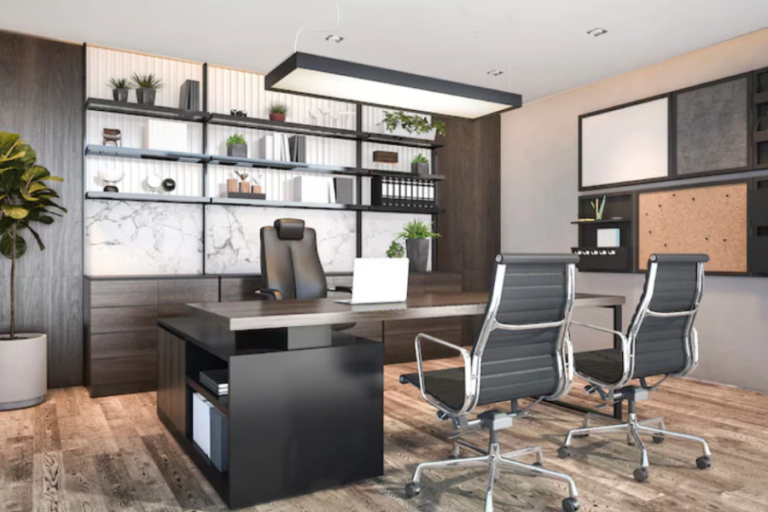Elevate Your Style with DIY Hijabhoojup: A Step-by-Step Guide
Looking to add a personal touch to your wardrobe? Hijabhoojup is more than just a head wrap; it’s a beautiful blend of culture and creativity that lets you express yourself through fashion. Whether you want a casual everyday look or a standout style for special events, mastering the art of hijabhoojup can bring a whole new level of flair to your outfits. Let’s dive into a DIY adventure where you’ll discover the benefits, tools, and steps to create your own hijabhoojup from scratch. Get ready to transform your style with ease!
Why DIY Hijabhoojup is a Game-Changer
Creating your own hijabhoojup offers numerous benefits beyond just style. First and foremost, it allows you to personalize your look. Whether you prefer bold patterns or subtle tones, the choice is entirely yours.
Another advantage is the cost-effectiveness. DIY projects typically save money, as you can choose budget-friendly materials and avoid the markup on pre-made items.
Moreover, crafting your own hijabhoojup puts you in control of fabric choices. Opt for soft, breathable fabrics for comfort, or go for something vibrant and bold to make a statement at special events.
DIY also sparks creativity. From selecting fabrics to adding embellishments, every step offers a chance to enhance your sewing skills and design something truly unique.
Finally, making your hijabhoojup at home supports sustainability. By reducing reliance on mass-produced fashion, you’re embracing a more eco-friendly, ethical approach to your wardrobe.
Essential Tools and Materials for Your Hijabhoojup
Before you start, gather the following tools and materials to ensure a smooth crafting process:
Fabric: Choose a material that suits your style and comfort level. Cotton or chiffon works well for everyday use due to their breathability.
Measuring Tape: Precision is key when cutting your fabric.
Sharp Scissors: These will help you create clean, even edges.
Sewing Machine or Fabric Glue: Depending on your comfort level, you can sew or use glue for a no-sew option.
Pins: To hold the fabric in place as you work.
Embellishments: Beads, sequins, or lace can add extra charm.
Iron: For a polished, wrinkle-free finish.
With these supplies in hand, you’re ready to create a stunning, custom hijabhoojup.
Step 1: Choosing the Ideal Fabric
The fabric you choose sets the foundation for both comfort and style. Lightweight, breathable materials like cotton or chiffon are great for long-term wear, especially in warm weather.
For colder months, consider thicker fabrics like jersey to provide warmth while maintaining elegance.
Play around with textures and patterns too! A silk blend adds a touch of luxury, while bright, bold prints can make your hijabhoojup a statement piece. If you’re new to DIY, opt for easy-to-handle fabrics that won’t fray or wrinkle easily.
Step 2: Measuring and Cutting the Fabric
Precision is key when measuring and cutting your fabric. Lay your chosen material flat on a table, ensuring it’s wrinkle-free.
Use your measuring tape to determine the desired length and width. For a standard hijabhoojup, aim for around 2 yards to allow for adequate coverage and draping. Mark your measurements with fabric chalk or a marker, then cut along the lines using sharp scissors.
Don’t forget to leave a small margin if you plan to hem the edges later on—this prevents fraying and gives a more durable finish.
Step 3: Sewing vs. No-Sew Options
Now that your fabric is cut, you have two main options for assembling your hijabhoojup: sewing or no-sew techniques.
If you’re comfortable using a sewing machine, stitching along the edges will create a durable and long-lasting hijabhoojup. You can use a simple straight stitch or get creative with decorative stitching for added flair.
If you’re short on time or prefer an easier approach, no-sew methods work just as well. Fabric glue is perfect for securing the edges and preventing fraying, while fabric tape or even safety pins can provide temporary solutions for quick style changes.
Step 4: Adding Personal Embellishments
To truly make your hijabhoojup your own, consider adding embellishments. Beads, sequins, or lace can bring an elegant touch without overwhelming the look.
For a more intricate design, try your hand at embroidery. Simple floral patterns or geometric shapes can elevate the fabric while adding a personal touch.
You can also experiment with ribbons or decorative brooches to change up your look. These elements not only enhance your hijabhoojup but also allow for versatility, making it easy to adjust your style depending on the occasion.
Styling Ideas for Different Occasions
Casual Outings: Opt for lightweight, pastel fabrics. Pair your hijabhoojup with a denim jacket for a relaxed yet stylish look.
Formal Events: Rich colors like burgundy or navy work best. Style your hijabhoojup with statement jewelry for an elegant, refined appearance.
Work Settings: Stick to neutral tones that complement professional attire. A sleek, neatly wrapped hijabhoojup ensures both comfort and elegance during the day.
Festive Occasions: Don’t shy away from vibrant patterns and textures. Lace or sequins can add a festive touch to your look, perfect for celebrations.
Outdoor Activities: Choose breathable fabrics and a loose wrap style to stay comfortable while looking chic under the sun.
How to Care for Your Hijabhoojup
To maintain the beauty of your hijabhoojup, proper care is essential. Start by washing it gently in cold water with mild detergent to prevent fading.
Air drying is best—lay it flat or hang it to dry naturally, avoiding the dryer, which can shrink or distort the fabric.
When ironing, always check the fabric type. Use a low heat setting or a steamer to remove wrinkles without damaging delicate fabrics like chiffon or silk.
Store your hijabhoojup in a cool, dry place away from direct sunlight, as this can cause discoloration. A breathable garment bag is a good option for long-term protection.
Conclusion:
Creating your own hijabhoojup is not only a fun and creative process but also a way to infuse your wardrobe with personalized style. From selecting fabrics and embellishments to mastering sewing techniques or no-sew methods, the possibilities are endless.
Take your time experimenting with different designs and styles to discover what feels best for you. The more you practice, the more confident you’ll become in crafting beautiful, unique hijabhoojups that reflect your personality and cultural pride.
With proper care, your hijabhoojup can remain a staple in your wardrobe for years, combining both functionality and flair. So grab your materials, get creative, and start your DIY hijabhoojup journey today!
Keep an eye for more news & updates on Vents Radar!






